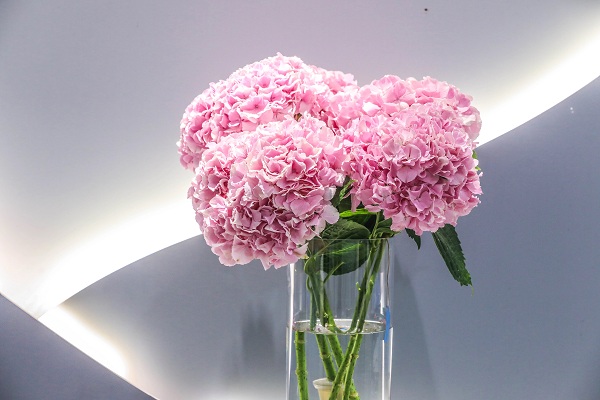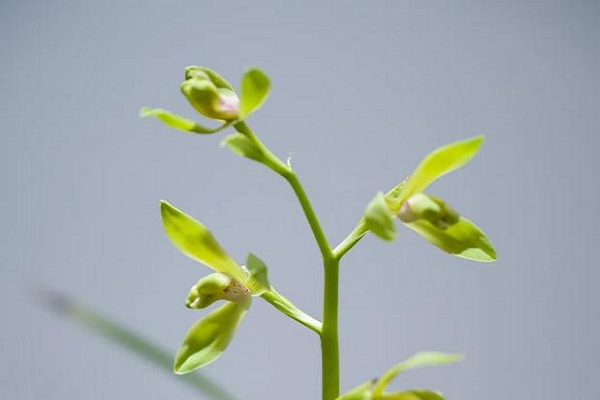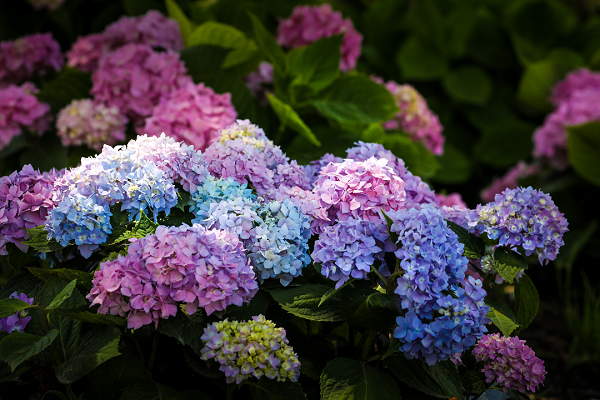|
|
Though Daryanni complains of rocketing rents, that has not scotched his plans for another shop in Tianzifang, an arts and crafts enclave that has developed from a renovated residential area in Shanghai. Another sign that business is not doing that badly is that, apart from salespeople, he continues to employ 19 people making shirts and suits, one suit costing 2,000-2,500 yuan.
However, he points out that as a result of increasing costs, prices are double what they were 10 years ago. "I don't want to raise prices, but with the rent, I have had to."
Yet, the customers still keep coming to Changle Road. One recent Tuesday afternoon, Xu Xiaohua, 49, a businesswoman who lives in France but travels frequently to Shanghai, opened the black iron door of Adarsa, a designer shop a few hundred meters down the road from Tony the Taylor.
"I'm on the plump side, and I like the loose style of the clothes in this place," Xu says.
Whenever she is in Shanghai, she stays at the nearby Jin Jiang and heard about the shop from a friend several months ago, she says. What she likes about it, too, is that it can make clothes to fit, she says.
But Daryanani points out that after an ebb and flow of independent designers in the street in the past three years, ready-to-wear shops are once again beginning to rule.
A couple of hundred meters from Adarsa, on the opposite side of the road, is a man who, having had a whiff of the success that the street's clothiers were enjoying, decided he should get a cut of the action.
| ||||
"I've been here since I left my hometown in Jiangsu province 16 years ago, and fewer people were coming to have their bikes fixed, and I came up with the idea of selling fashion goods."
Fang says he buys his scarves from a wholesale apparel market where his sister has a store. At peak times his turnover is about 2,000 yuan a day, he says.
Another to join the rush to Changle Road is the British fast fashion house Topshop, which set up shop there in November.
One hundred meters to the north of Changle Road is Jinxian Road, which is much shorter and which sprang up as a location for fashion shops a few years later.
This street, about 100 meters long, has a down-at-home feel with its charming old apartment buildings, crisscrossed power lines, elderly people sitting relaxing in front of shops and foreigners enjoying tea in the Citizen Cafe and its restaurants and fashion stores.
But the story of rising rents familiar to the business tenants in Changle Road is well known here, too.
In 2006, Qiu Hao, one of the first independent designers in Changle Road, opened another business, the boutique One by One, in Jinxian Road. It is said to have been the first designer shop in the short street.
Later it was joined by at least three other fashion shops, Content, ThreeSociety and Estune, the last of which had been located in Changle Road.
Content's founder, Liao Xiaoling, set up her first shop in Jinxian Road in 2008. It covers 50 sq m and is decorated with big mirrors adorned with images of Andy Warhol and the Empire State Building.
"The image on the mirror changes from season to season according to our theme," Liao says.
Liao, an architect, says she switched to fashion design hoping that she could express her ideas more precisely. The prevailing modus operandi - a shop in front and a factory inside - that held sway in Changle Road particularly appealed to her.
"But rents on busy Changle Road were exorbitant, and I found I could get a larger shop in Jinxian Road more cheaply."
She rented the shop space for about 15,000 yuan in 2008 and has had such success that she has opened three other boutiques around the country. Her wares are also sold in six multi-brand stores she says.
Liao says she can sell about 4,000 items of clothing in six months, at an average price of about 2,000 yuan.
"Our prices have risen 30 percent over the past four years, but our rent has gone up 50 percent."
With other increasing costs, such as for labor and materials, her profit margin has shrunk, she says. "Rents in Jinxian Road are now almost on par with those of Changle Road."
Her turnover in Jinxian Road ranks third among her four shops, but she has recouped her investment, she says. "In terms of being a designer, a street shop matches exactly what I want. If I can pay the costs I'm satisfied. Besides, there are a lot of limitations in opening a shop in a shopping mall."
Even with rising rents, it is clear that starting a business in a shopping mall in the swish Huaihai Road is much more expensive than setting up and running a shop with frontage on a less well-known street.
About the time Liao set up shop in Jinxian Road, Chen Xiaozhi and a friend graduated from the Fashion Institute of Technology in New York and came to Shanghai, contemplating opening a store to present their creations.
"We were going to open a shop in Changle Road because we realized the traffic there is much better than in Jinxian Road, but the rental was almost triple what it was in Jinxian Road," Chen says. "And there were no men's wear shops in Jinxian Road."
Together they pitched in more than 200,000 yuan, covering rental, decoration and production, in the 18 sq m store, which has more than 70 styles of clothing on display.
When the pair took over the store three years ago, they were paying 9,000 yuan a month in rent, but with the road's increasing popularity that had climbed to 14,000 yuan last year.
However, the shop has turnover of 100,000 yuan a month, Chen says, and last year its turnover was double what it was in 2010.
At the end of 2011 the two young designers opened their second store in Shanghai Xintiandi Style, a trendy shopping mall that features numerous luxury fashion boutiques.
"We can afford the rising rent for the Jinxian shop, and we are thinking about expanding our shop," Chen says.
yaojing@chinadaily.com.cn
(China Daily 02/01/2013 page16)


